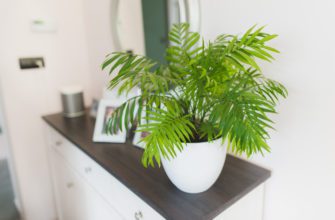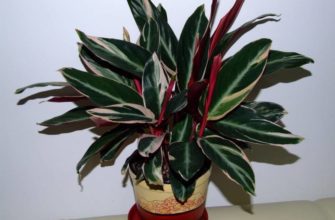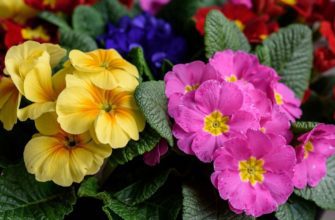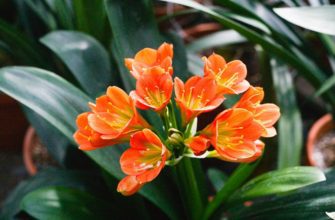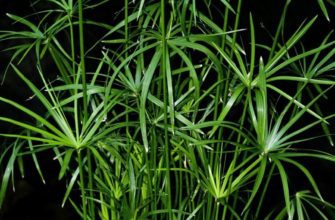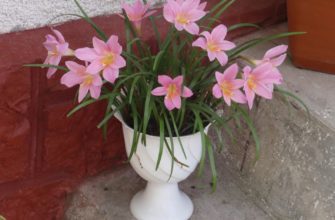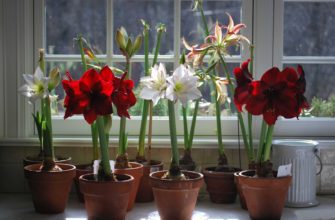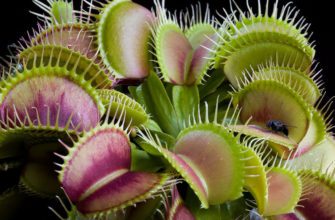For lovers of plants and greenery in the house, Hoya becomes a real discovery. This beautiful and mysterious houseplant attracts attention with its unusual leaves and unique flowers. In this article, we will go to the magical world of Hoya to learn how to care for this plant at home. We will tell you about the basics of care, various methods of propagation, and also share the secrets of successful feeding. Let's dive into the flowering process and learn how to give this plant beauty the attention it deserves in your interior.
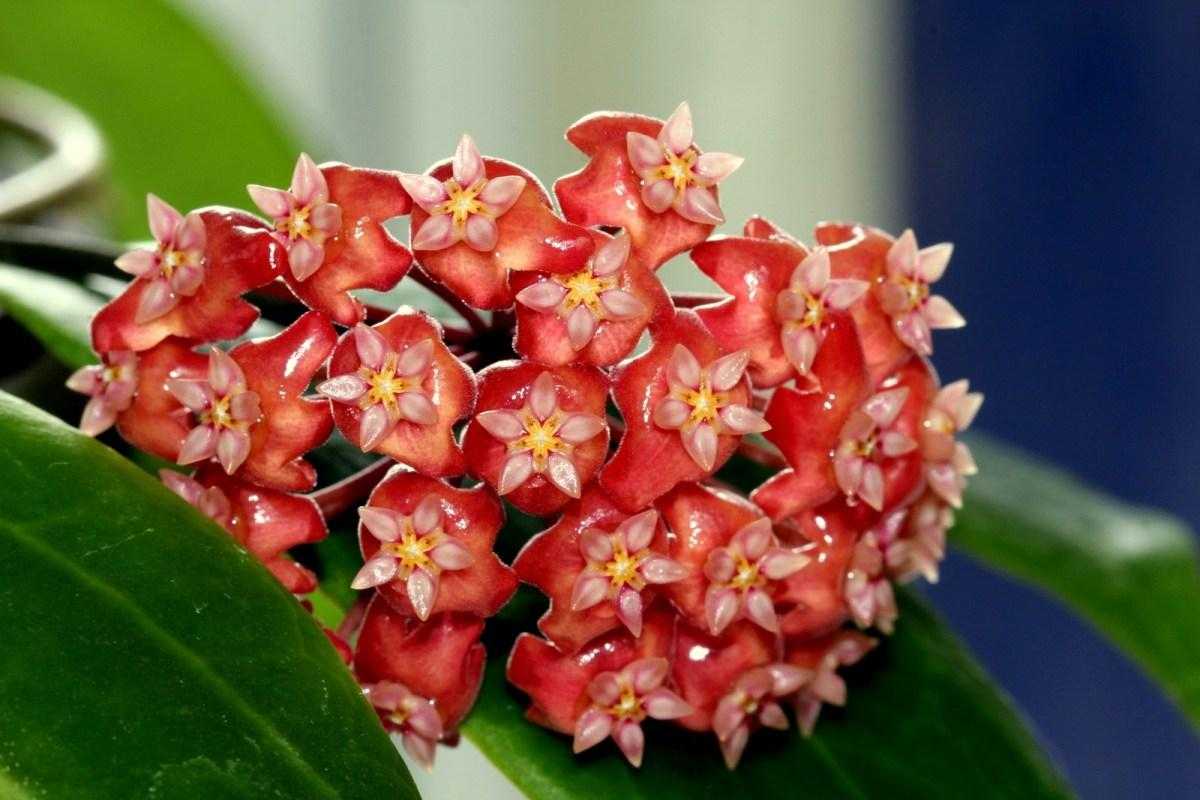
Hoya as a popular houseplant
The Hoya indoor plant has won the hearts of connoisseurs of decorative greenery with its unique beauty and unusual character. Its popularity among plant lovers and interior designers is due to its many attractive features that make it an integral part of many homes and offices.
- External beauty and unique leaves — One of the main features of Hoya that attracts attention is its unique appearance. Oval, fleshy leaves often have expressive patterns and shades, which makes each specimen of this plant a truly unique work of art of nature.
- Blooming with an incredible aroma — another factor that made Hoya a popular plant. Hoya flowers have a delicate and pleasant aroma that fills the room and creates an atmosphere of coziness. Due to this, Hoya becomes an ideal choice for those who want to add not only visual beauty, but also aroma to their home.
- Easy to care for — another advantage that makes Hoya so popular. It does not require excessive attention and care, which is especially important for those who are just starting out in the world of indoor plants. This plant is resistant to minor mistakes in care, which makes it an excellent choice for a wide audience.
- Adaptation to different conditions — Hoya is able to thrive in both shady areas and on bright windowsills. This ability to adapt to different conditions makes it an ideal solution for a variety of interiors.
Consequently, Hoya has become a popular indoor plant due to its unique beauty, aroma, reliability and easy care. It not only decorates the room, but also brings a touch of natural harmony and freshness to it.
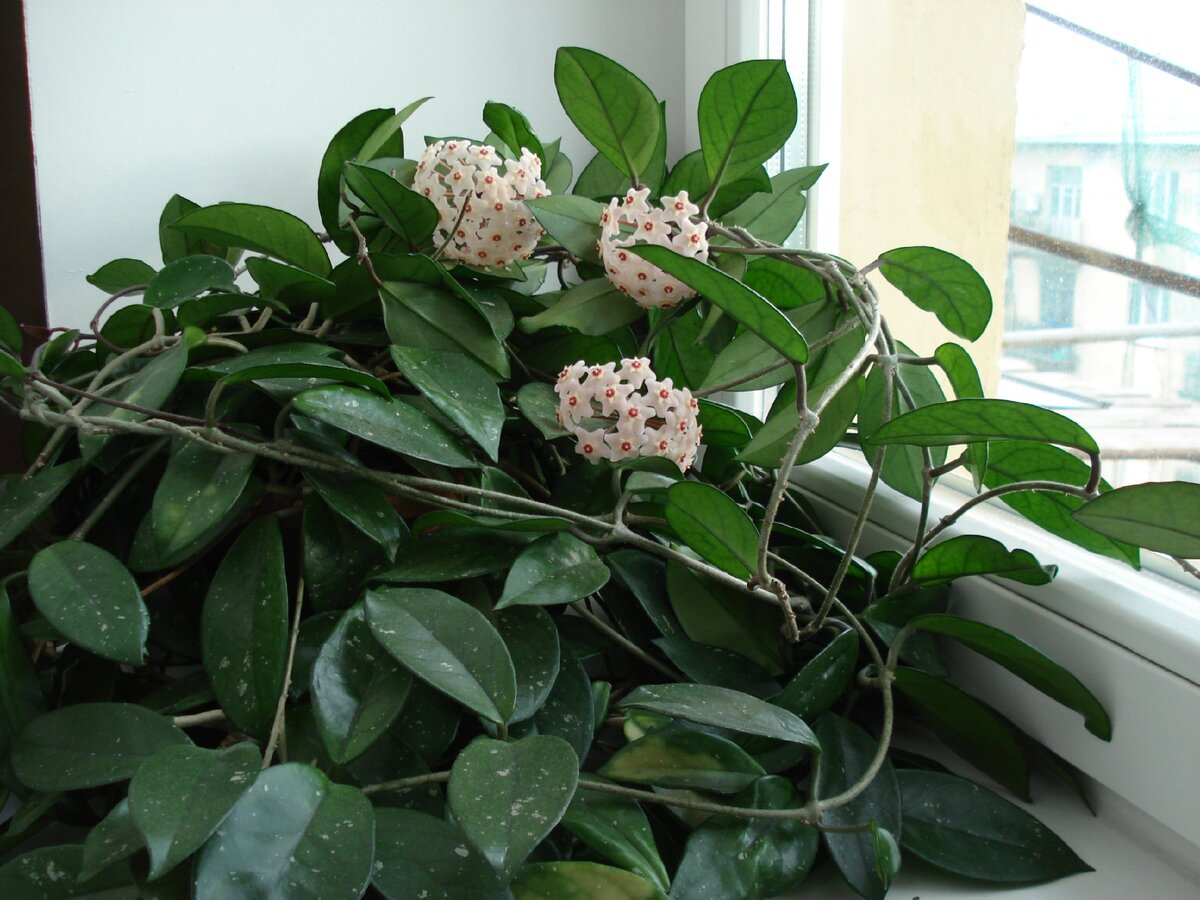
Characteristic features of Hoya
Hoya indoor plant has a number of unique features that make it an integral part of the collection of many connoisseurs of indoor plants. These characteristic features give it a unique character and make it popular as a decorative and aromatic plant.
- Leaves with incredible patterns and textures — one of the most recognizable features of Hoya. Its leaves, often thick and fleshy, stand out with a variety of patterns, marble shades and unusual texture. This makes each Hoya specimen a unique work of nature.
- Fragrant flowers — Another characteristic feature of Hoya is its ability to bloom with fragrant flowers. Hoya flowers emit a delicate and pleasant aroma that creates an atmosphere of coziness and freshness in the room. This adds additional value to the plant and makes it a welcome guest in homes.
- Ability to weave and hang — Hoya is known for its ability to grow climbing shoots and create spectacular curtains of greenery. This makes it an ideal choice for various hanging compositions or vertical gardens.
- Easy to care for — even inexperienced gardeners can successfully care for Hoya. It does not require frequent watering and special care, which makes it an excellent plant for those who are just starting their journey in the world of plants.
- Resistance to adverse conditions — Hoya is able to adapt to different lighting conditions, which makes it resistant to changes in the interior environment of the room. This allows you to place it even in places where there is not always enough light.
In summary, the characteristic features of the Hoya houseplant are unique leaves, fragrant flowers, the ability to weave, ease of care and adaptability to various conditions. These features make Hoya not only a beautiful decoration for the house, but also allow you to enjoy its presence with minimal effort.
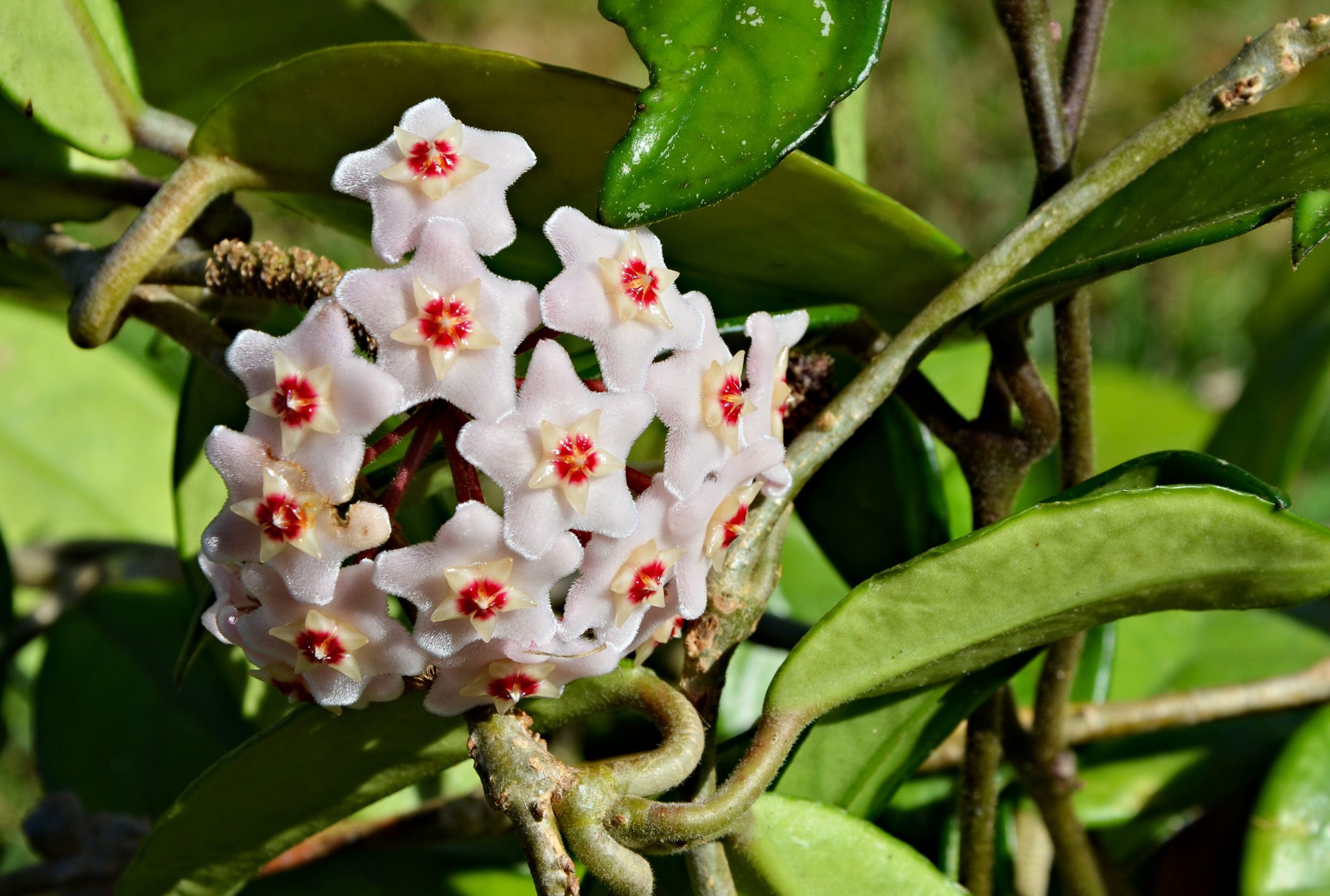
Hoya Care
Caring for a Hoya houseplant is a fascinating journey into the world of unique greenery, requiring care and attention, but bringing beauty and aroma in return. It is important to understand that each Hoya specimen is unique, and, as in a relationship, patience, care and understanding of the plant's needs are important here.
- Lighting and placement: The plant prefers bright but diffused light. A bright window would be a great option, but with protection from direct sunlight, which can cause burns on the leaves. If the conditions in your home do not allow for much light, Hoya can also grow in partial shade.
- Temperature and humidity: Hoya likes moderate temperatures, within 18-25°C. It can tolerate slight fluctuations, but it is not recommended to expose it to sudden temperature changes. As for humidity, it is important to avoid drying out the soil, but also not to overwater, so as not to cause root rot.
- Watering: Moderation is the key word here. Water the plant when the top layer of soil has already dried out. In summer, this can be every week, and in winter - less often, once every 2-3 weeks. Remember that it tolerates a lack of watering better than its excess.
- Top dressing: From spring to summer, you can feed the plant with fertilizers for indoor plants once a month. In this case, choose a complete fertilizer with a balanced content of nutrients.
- Pruning and shaping: Pruning helps Hoya maintain a beautiful shape and stimulates flowering. After flowering is complete, if the flowers have faded, carefully cut off the faded flower stalks.
- Support for climbing shoots: If you want the plant to create spectacular curtains of climbing shoots, provide it with support in the form of supporting structures, some elements to which it can attach itself.
- Transfer: Hoya grows slowly, so it should not be replanted often, once every 2-3 years. Replant in soil with good drainage capacity.
- Pest and disease control: The plant is generally resistant to pests, but can still be attacked occasionally. Inspect the plant regularly and apply protection products if necessary.
In the end, caring for a Hoya houseplant requires some effort, but it will generously reward you with its beauty and fragrance. Follow its needs, observe the plant's reactions, and give it the attention it deserves.
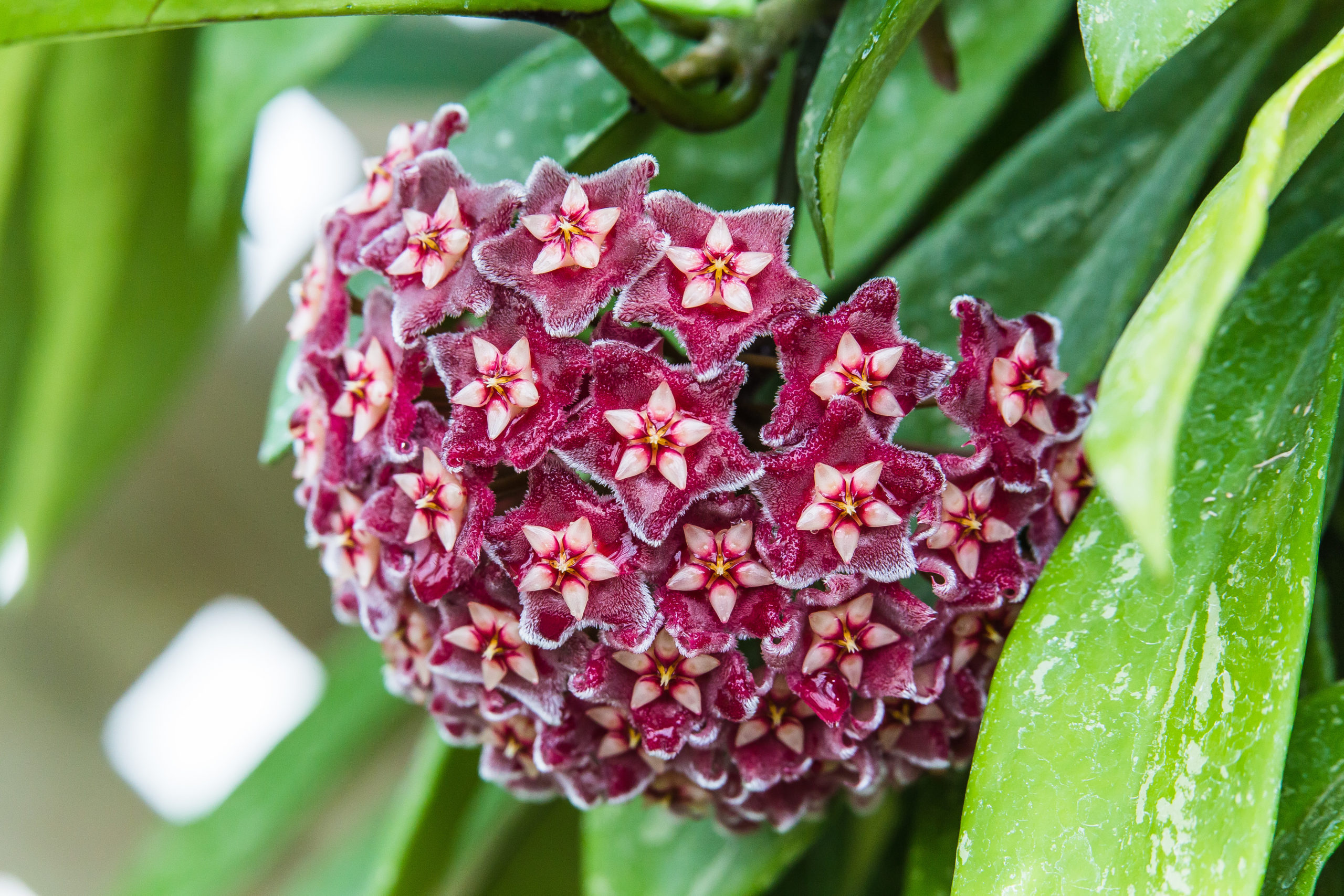
Hoya blooming
The flowering of the house plant Hoya is a real magic that will give your interior an indescribable beauty and aroma. Hoya is known for its delicate flowers that open long-awaited and fill the room with a delicate aroma, creating a cozy atmosphere.
- Flowering process: The plant's flowering is a unique spectacle that can begin in spring or summer, depending on care conditions and the age of the plant. Small flowers are collected in inflorescences resembling umbrellas or stars, and often have a unique structure, including serrated or honeyed receptacles.
- Color range: Hoya can delight you with flowers of various shades, including white, pink, red, yellow and orange. Shades may vary depending on the plant species and growing conditions.
- Aroma: One of the most beautiful aspects of Hoya blooming is its fragrance. The flowers emit a delicate, sweet and pleasant scent that fills the room and creates an atmosphere of calm and harmony.
- Care during flowering: It is important to continue caring for the plant during flowering. Proper lighting and regular watering will help maintain the plant's health and prolong the joyful flowering period.
- Caring for faded flowers: When the flowers begin to fade, carefully remove them to encourage new buds to grow. This will allow the plant to give you another round of magical blooms.
- Flowering as a reward: Hoya blooming is not only an indicator of the plant's health, but also a kind of reward for proper care. This is the moment when your plant gives up its aroma and beauty, giving you a piece of natural harmony within your four walls.
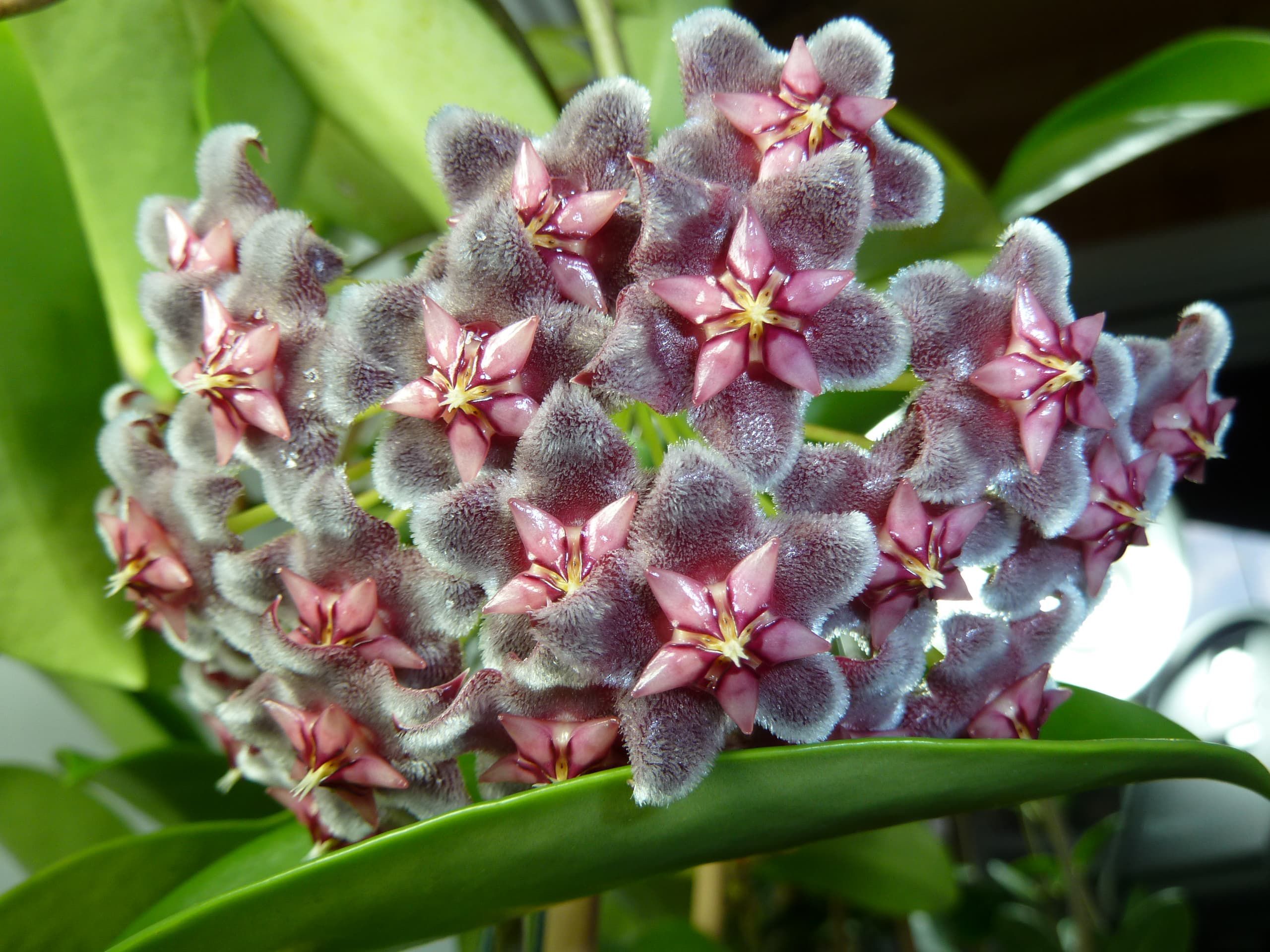
Hoya propagation at home
Hoya propagation at home is an exciting process that allows you to spread the beauty and unique features of this plant. Hoya, although slow growing, is distinguished by its resistance and resilience, which makes its propagation an interesting and successful activity.
- Stem cuttings: One of the most popular methods of Hoya propagation is cuttings. Choose a mature, healthy shoot and carefully cut it so that it has several nodes. Root the cutting in water or dried sand until roots appear. Then, transplant it into a pot with suitable soil.
- Leaf cuttings: This method involves using individual leaves for propagation. Cut a Hoya leaf so that a small part of the stem remains on it. Place it in the ground, pressing it firmly into the soil. After some time, new shoots should begin to develop from the leaf.
- Plant division: This method works well if you already have a mature plant with several stems. Carefully divide the plant so that each part has roots and several shoots. Plant them in separate pots.
- Seeds: This method is more labor-intensive and time-consuming. Plant the seeds in special soil for seeds, maintaining optimal humidity and temperature. However, note that not all types of Hoya can be propagated by seeds.
Remember that Hoya propagation is a process that requires patience and tender care. It is important to create optimal conditions for rooting and growth of new plants. Ultimately, propagation of the plant will help you give it new life and variety in your houseplant collection.
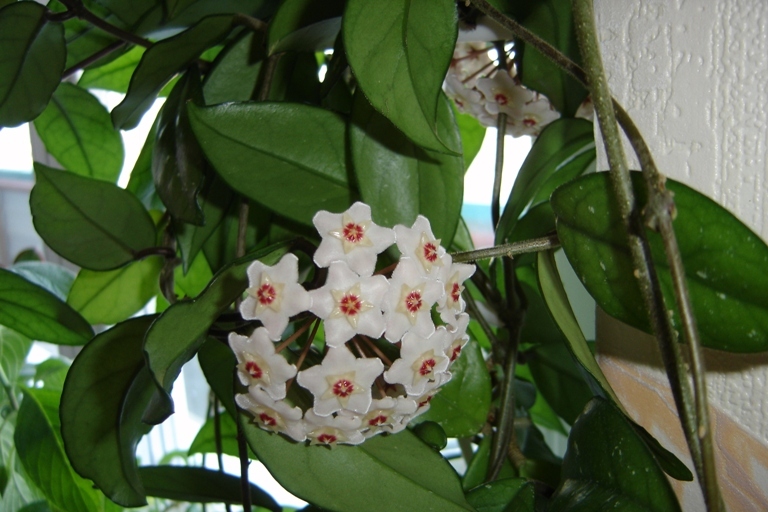
Plant fertilizing
Proper feeding of the Hoya houseplant plays a key role in maintaining its health, beauty and promoting abundant flowering. This is a process that requires attention and balance to provide the plant with the necessary nutrients.
- Feeding frequency: During the period of active growth, which usually occurs in spring and summer, Hoya needs additional nutrition. Feed it once a month. In winter, when growth slows down, the frequency can be reduced to once every 6-8 weeks.
- Selecting a Fertilizer: Use a houseplant fertilizer with a balanced set of nutrients. Liquid fertilizers dissolved in water are usually preferable for the plant, as they are more easily absorbed by the roots.
- Dosage: Proper dosing of fertilizer is important to avoid overfeeding the plant. Follow the instructions on the fertilizer package and dose it accordingly. Usually, diluting the fertilizer 2-3 times weaker than the instructions indicate is a good option.
- Fertilizing during the flowering period: During the flowering period, additional nutrition is especially useful for Hoya. Use fertilizer with a high potassium content, as this promotes abundant and long-lasting flowering.
- How to feed: Feed the plant with moist soil to avoid burning the roots. Pour the prepared fertilizer onto the soil surface and carefully water the plant so that the nutrient solution penetrates evenly into the soil.
- Maintaining balance: Remember that you should not overdo it with fertilizing, this can cause the accumulation of salts in the soil, which will negatively affect the health of the plant. Monitor the condition of the soil and leaves, and if you notice signs of nutrient overload, flush the soil with good watering.
Hoya feeding is an important part of its care, which helps the plant to flourish and give you its unique beauty and aroma. Follow the recommendations and watch how your plant will respond with gratitude with vibrant growth and abundant flowering.
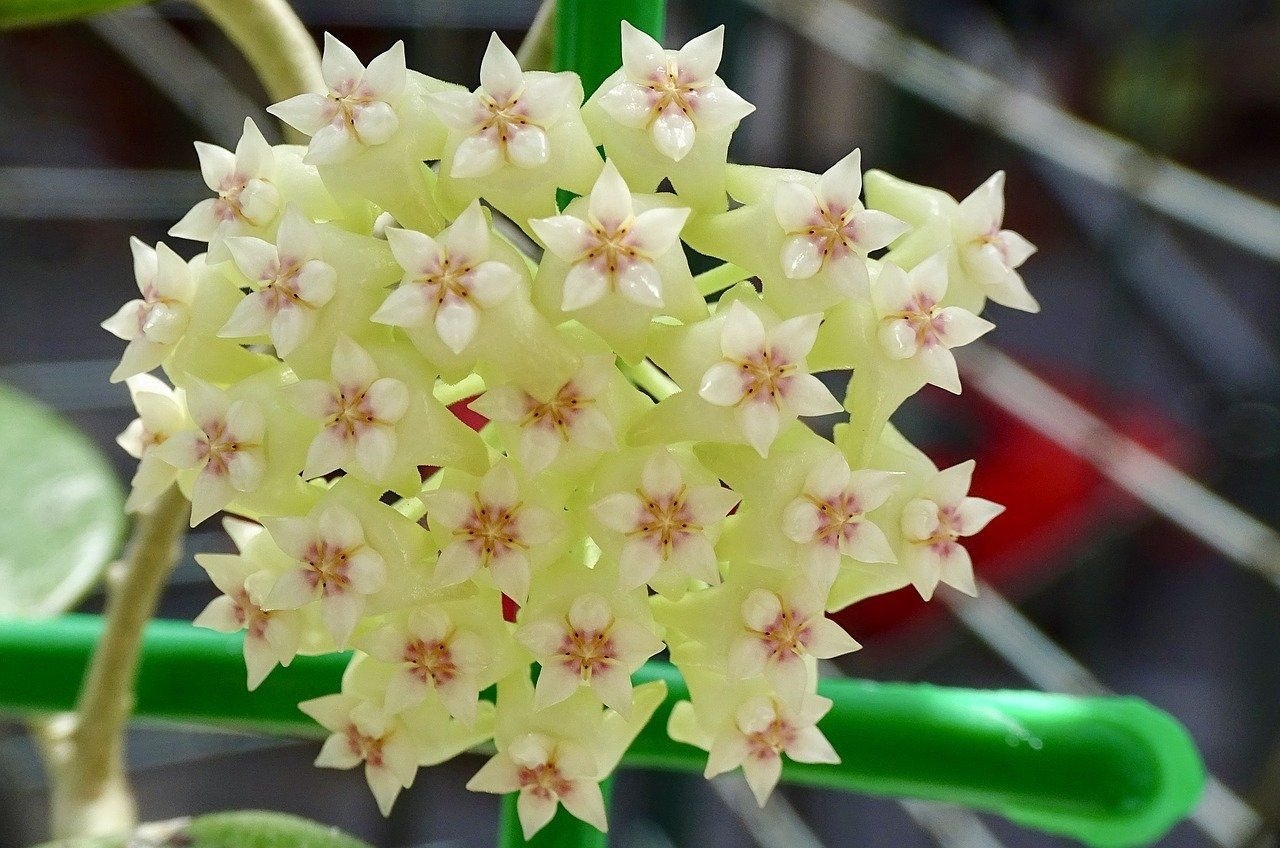
Hoya in interior design
Hoya indoor plant is not only a living element of nature, but also a real work of art that can become an exquisite accent in interior design. Its unique features and beauty allow you to integrate Hoya into different design styles, adding a touch of natural elegance and coziness.
- Minimalism and modern style: In modern interiors, where the space is often decorated with a minimum of elements, Hoya can become an elegant accent. Its climbing shoots can be placed on hanging hooks or shelves, creating a dynamic vertical element in the room.
- Scandinavian style: This style emphasizes light colors, natural materials, and a cozy atmosphere. The plant, with its light leaves and ability to climb, is a perfect match for this style. Place it on the windowsill, creating a kind of “green curtain,” or on a hanger next to the window.
- Eclecticism and bohemian style: In styles that allow a combination of various elements, the plant can become a bright accent. Hang it in a beautiful hanging composition or place it on a stylish shelf with other decorative elements.
- Retro and Vintage: Hoya, with its unique leaf fall and leaf structure, can also fit into styles that are inspired by past eras. Place it in vintage pots or vases, emphasizing the atmosphere of old elegance.
- Botanical interior: If you like the idea of creating a botanical garden atmosphere in your home, then Hoya is a great choice. Place it on a shelf with other plants or create a corner with living greenery where it will play the main role.
- Loft and industrial style: Combined with rough textures and metallic accents, the plant can add freshness and life to industrial interiors. Place it in large containers or even in metal mesh baskets.
Whatever your decorating style, Hoya can seamlessly weave nature into your home design. Its beauty and unique features can transform any room, adding a vibrant and stylish touch.
Conclusion
In conclusion, Hoya is not only an ornamental plant, but also a real story about beauty and easy care. We traveled through its unique features and care methods, discovering a world where each leaf and flower seems to tell its own story.
With proper lighting, optimal temperature, regular watering and care for flowering, we can enjoy the beauty of Hoya in our homes.
Give this plant love and attention, and it will respond with its incredible shapes and amazing flowers, becoming a real decoration of your home and a source of joy for everyone who sees it.

